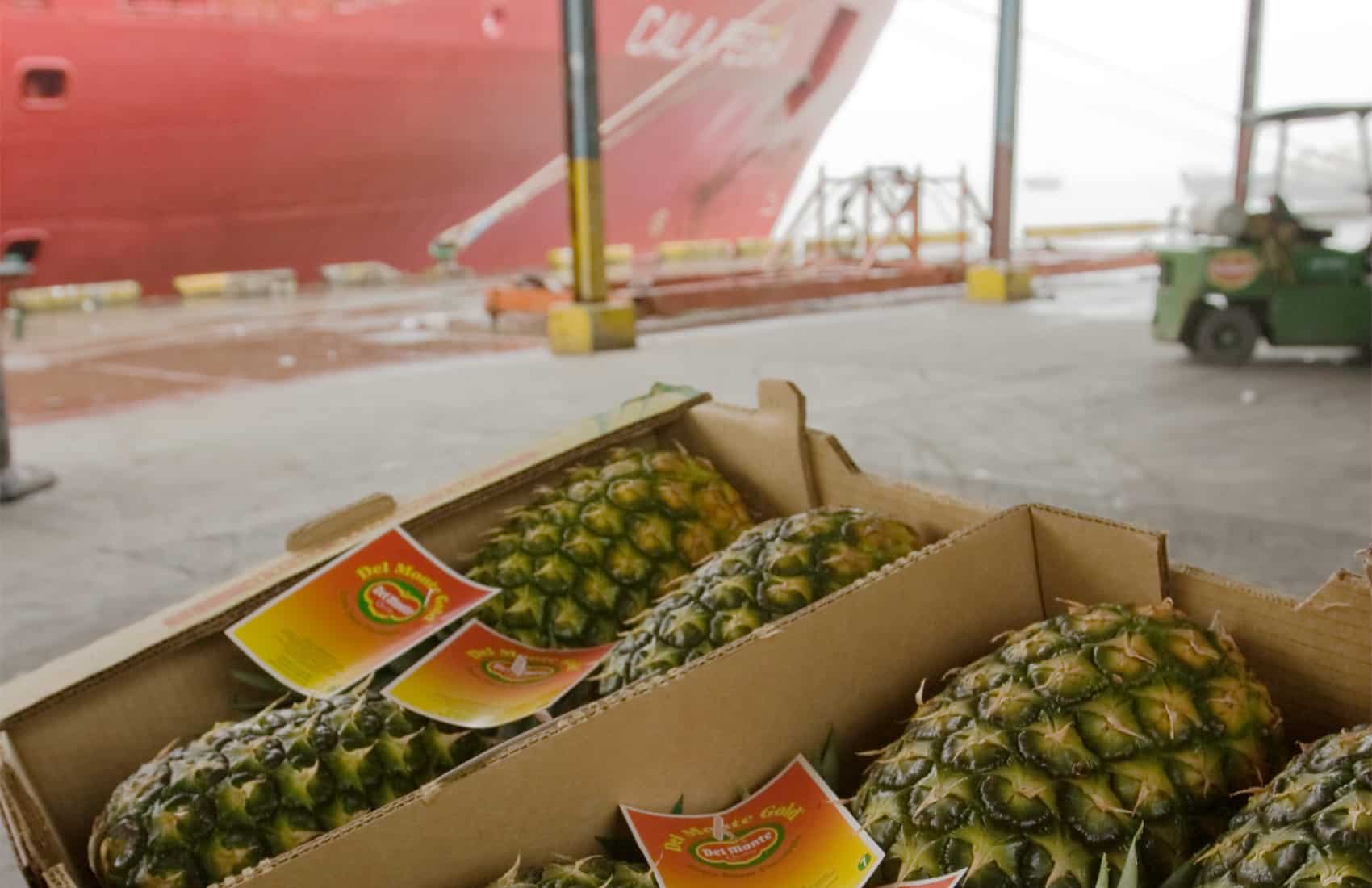The escalating trade war between the United States and China is creating significant uncertainty for Costa Rica’s export-driven economy. This month the U.S. imposed a 145% tariff on imports from mainland China, Hong Kong, and Macao, combining a 125% reciprocal tariff with a 20% existing levy, citing systemic trade imbalances. China retaliated with a 34% tariff on U.S. imports, restrictions on rare earth minerals, and a formal complaint to the World Trade Organization, intensifying global trade tensions.
Costa Rica, heavily reliant on the U.S. for 47% of its $9.4 billion in annual exports, faces a 10% U.S. tariff on its goods, effective April 5, 2025. While this is significantly lower than China’s tariff, it threatens key sectors like medical devices, coffee, and pineapples. Economists warn of reduced U.S. demand, with José Luis Arce predicting negative economic growth if U.S. consumption slows, and Gerardo Corrales forecasting a modest exchange rate increase due to lower export revenues. Additionally, a 25% U.S. tariff on foreign-made cars could raise shipping costs for Costa Rica’s logistics sector, further straining regional trade.
The Costa Rican Chamber of Foreign Trade (CRECEX) is closely monitoring the situation, noting a potential silver lining. “Costa Rica benefits from a more level global playing field, as a 90-day suspension of higher tariffs on most countries—except China—temporarily standardizes competition,” CRECEX stated. Alongside allies like El Salvador, Chile, and Singapore, Costa Rica’s 10% tariff provides a competitive edge over Asian exporters facing steeper duties.
The Costa Rican government is responding proactively. “We have intensified constructive dialogue with U.S. partners to secure the best market access conditions, leveraging the CAFTA-DR agreement, which ensures tariff-free access for most exports,” said Foreign Trade Minister Manuel Tovar. The Ministry is also pursuing trade diversification, eyeing expanded agreements with the EU, Asia, and Latin America, building on existing pacts with Singapore and Chile.
However, challenges loom. Small coffee farmers, already dealing with global price volatility, fear reduced U.S. demand could squeeze livelihoods, according to the National Chamber of Agriculture. Costa Rican consumers may also face higher prices for electronics and textiles as global supply chains adjust to China’s reduced U.S. exports.
Central America as a whole faces similar risks, with countries like Guatemala and El Salvador bracing for reduced U.S. demand. As Costa Rica navigates this trade war, its success hinges on securing CAFTA-DR protections and diversifying markets. Prolonged U.S.-China tensions could deepen our economic uncertainty, particularly for small exporters and consumers facing rising costs.






